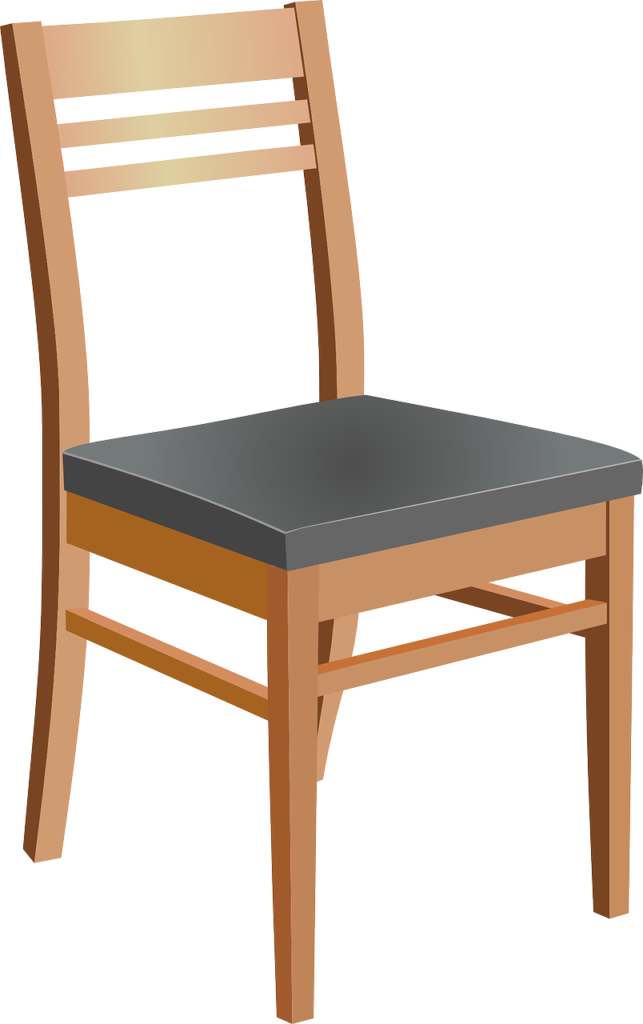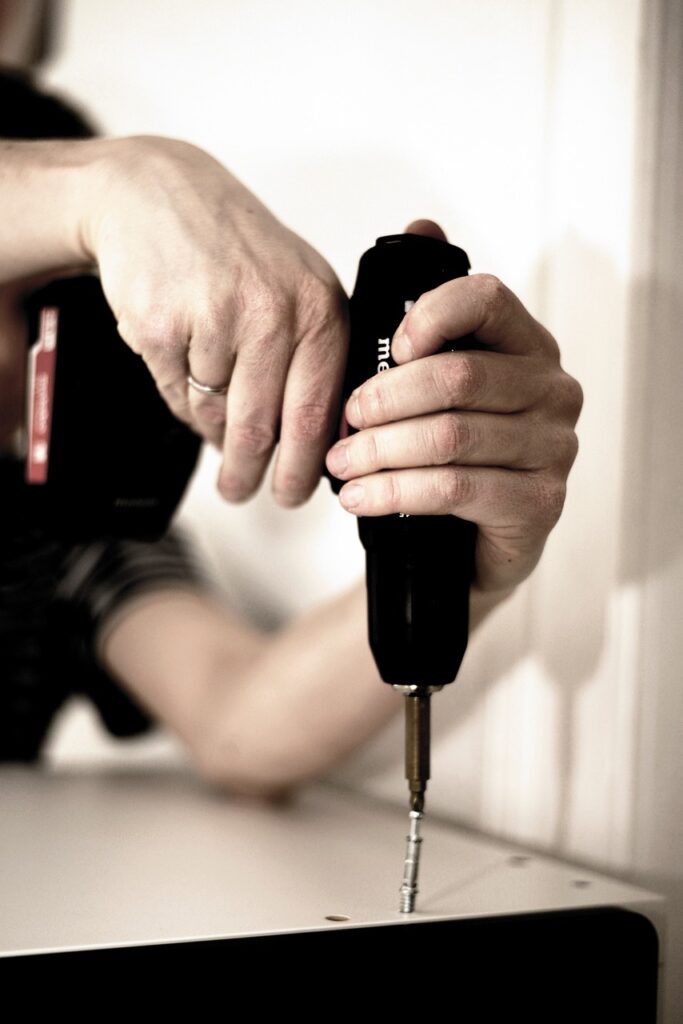In recent years, DIY furniture has become increasingly popular as people embrace the satisfaction of crafting their own unique pieces for the home. Not only does creating furniture yourself allow you to personalise your space, but it can also be an enjoyable, hands-on project that saves money. This guide, DIY Furniture Craft Plans: Step-by-Step Guides, offers everything you need to know, from planning and preparation to execution. Let’s dive into this rewarding world of crafting!
Why Choose DIY Furniture Craft Plans?
When you make furniture with DIY Furniture Craft Plans: Step-by-Step Guides, you’re not just building furniture; you’re creating pieces that truly reflect your personal style. This approach also enables you to choose sustainable materials, adapt plans to fit unusual spaces, and often save money by avoiding expensive, mass-produced options. Furthermore, crafting furniture is a learning process, helping you develop skills in carpentry, problem-solving, and design. Whether you’re a novice or an experienced woodworker, following DIY Furniture Craft Plans: Step-by-Step Guides can help you build furniture that stands the test of time.
Essential Tools for DIY Furniture Crafting
Using the right tools is crucial when it comes to executing DIY Furniture Craft Plans: Step-by-Step Guides. Before you get started, make sure you have these essential items:
- Measuring Tape – Precision is key in furniture building.
- Saw – A hand saw or an electric saw, depending on the complexity of your project.
- Drill – Essential for assembling parts and adding sturdy joints.
- Screwdriver – Both flathead and Phillips screwdrivers will come in handy.
- Sandpaper – To smooth edges and surfaces for a professional finish.
- Clamps – These hold pieces steady while you work.
Having these tools will make it much easier to follow DIY Furniture Craft Plans: Step-by-Step Guides accurately and ensure a quality final product.
Selecting the Right Materials for Your DIY Furniture Craft Plans
Your choice of materials significantly affects the outcome of your project. When using DIY Furniture Craft Plans: Step-by-Step Guides, it’s essential to select the right wood, metals, or other materials based on durability, appearance, and budget.
- Wood Options: For example, pine is affordable and easy to work with, while oak is strong and has a more luxurious look. Reclaimed wood can add character and is environmentally friendly, which is an excellent choice for sustainable DIY projects.
- Metal Components: If your DIY Furniture Craft Plans: Step-by-Step Guides include metal legs or joints, opt for stainless steel for durability or wrought iron for an industrial aesthetic.
- Paints and Stains: The finish you choose can bring a whole new vibe to your creation. Staining maintains the wood’s natural beauty, while paint can add a vibrant, modern touch.
Choosing materials wisely will give your DIY furniture the look and feel you’re aiming for, so don’t rush this step.
Step-by-Step Guide to Building a Simple DIY Coffee Table
For beginners, a coffee table is a fantastic first project that teaches essential skills without being too overwhelming. Here’s how to make one following a DIY Furniture Craft Plans: Step-by-Step Guide.
1. Cut Your Wood to Size
Start by gathering your wood and cutting it to size. The dimensions can vary, but a standard coffee table is usually around 1.2m long, 60cm wide, and 45cm high. Use your measuring tape and saw to cut the tabletop and legs according to your chosen design. Precision is essential for a stable structure, so follow your DIY Furniture Craft Plans: Step-by-Step Guides closely for exact measurements.
2. Sand the Pieces
Next, sand each piece until it’s smooth. Sanding is crucial to avoid splinters and give your table a professional appearance. Follow DIY Furniture Craft Plans: Step-by-Step Guides to know the right sanding techniques for your project.
3. Assemble the Tabletop and Legs
Using your drill and screws, attach the legs to the underside of the tabletop. Make sure each leg is placed at an equal distance from the edge for stability. Clamps can hold the legs in place while you secure them, ensuring a firm fit. DIY Furniture Craft Plans: Step-by-Step Guides often suggest reinforcing joints with extra brackets for added durability, especially for furniture that will see frequent use.
4. Apply Finish or Paint
Once the table is assembled, it’s time for the finishing touch. Apply a coat of stain to showcase the wood grain, or paint it to match your interior décor. A clear varnish is a good option to protect the surface while keeping the wood visible. Following the finishing steps in DIY Furniture Craft Plans: Step-by-Step Guides will help make your furniture piece look polished and professional.

Common Mistakes to Avoid in DIY Furniture Crafting
It’s easy to make small errors when you’re just starting, but awareness of these common mistakes can save you time and resources. DIY Furniture Craft Plans: Step-by-Step Guides often highlight the following mistakes:
- Rushing Measurements: Accurate measurements are essential. Double-check everything to ensure a perfect fit.
- Skipping Sanding: Skipping this step can make your furniture look rough and even unsafe.
- Using Low-Quality Materials: Cutting costs with low-quality materials can lead to weaker, less attractive furniture.
- Ignoring Safety Precautions: Always wear safety gear and work in a well-ventilated area, particularly when using power tools and chemicals like varnish.
By following these pointers from DIY Furniture Craft Plans: Step-by-Step Guides, you’ll avoid setbacks and achieve a professional result.
Customising Your DIY Furniture Pieces
One of the greatest perks of using DIY Furniture Craft Plans: Step-by-Step Guides is the flexibility to customise your projects. Here are some ways to add a unique touch:
- Decorative Paint Patterns: Use stencils or freehand designs to add character to your piece.
- Hardware Choices: Switching up drawer pulls or hinges can change the style of your furniture.
- Functional Add-Ons: Consider adding shelves or compartments based on your specific needs.
Customisation makes DIY furniture truly one-of-a-kind and enhances its functionality and aesthetic appeal.
Advanced Projects with DIY Furniture Craft Plans
Once you’ve mastered the basics, DIY Furniture Craft Plans: Step-by-Step Guides offer more advanced projects. Consider building pieces like:
- Bookshelves: Functional and visually appealing, a bookshelf is a rewarding project that can be adapted to fit any space.
- Dining Tables: Create a dining table that fits your family’s needs, from small two-person tables to large farmhouse-style tables.
- Storage Cabinets: Cabinets provide ample storage and can be customised with shelving, doors, and other features.
With these larger projects, following DIY Furniture Craft Plans: Step-by-Step Guides is crucial as you’ll need to balance design elements, structural integrity, and finishing techniques for long-lasting results.

Conclusion: Start Crafting with DIY Furniture Craft Plans
Building your own furniture might seem daunting at first, but with DIY Furniture Craft Plans: Step-by-Step Guides, you can turn any project into an achievable goal. Start small, gather your materials and tools, and give yourself time to learn. Every piece you create will add to your home’s charm and your confidence as a craftsperson.
